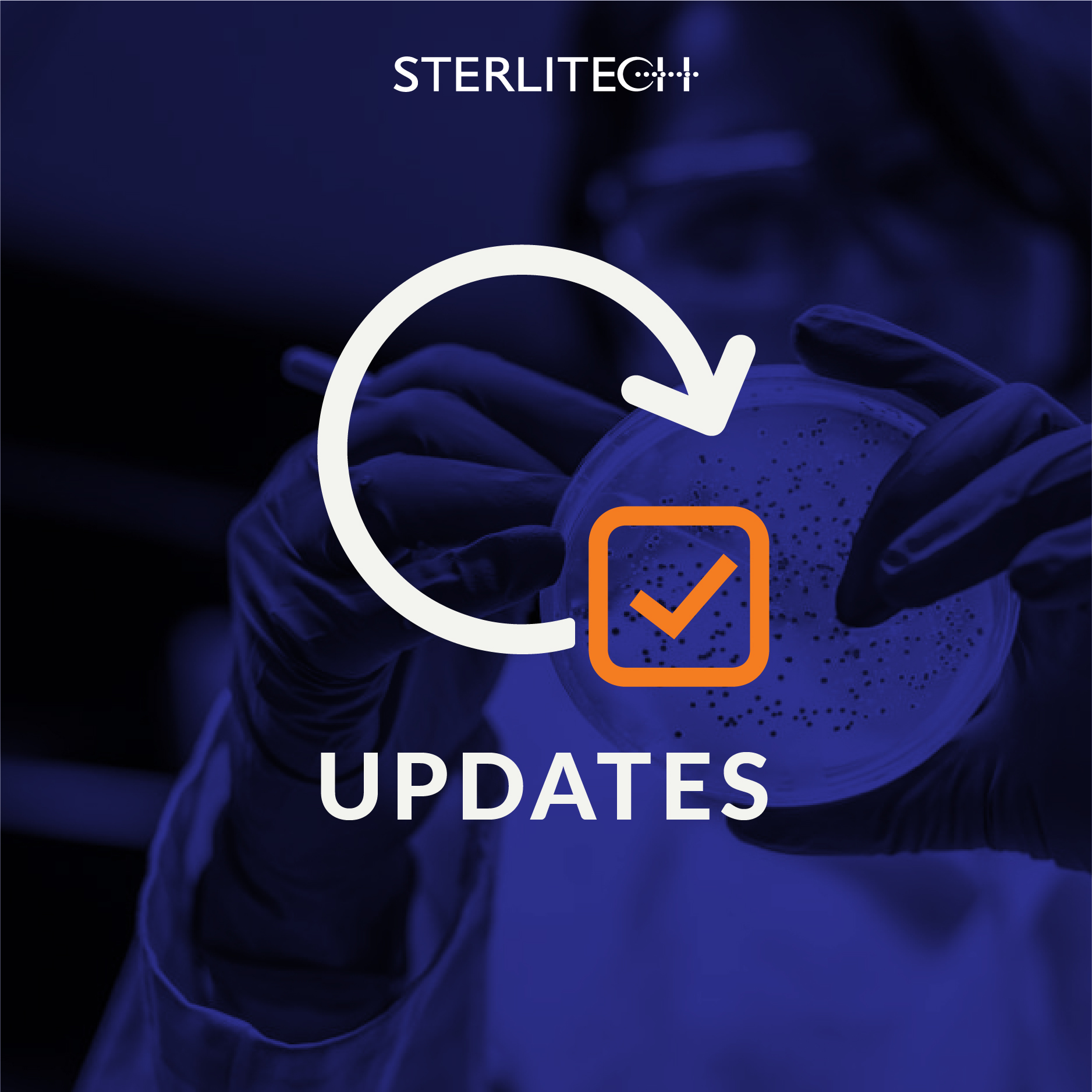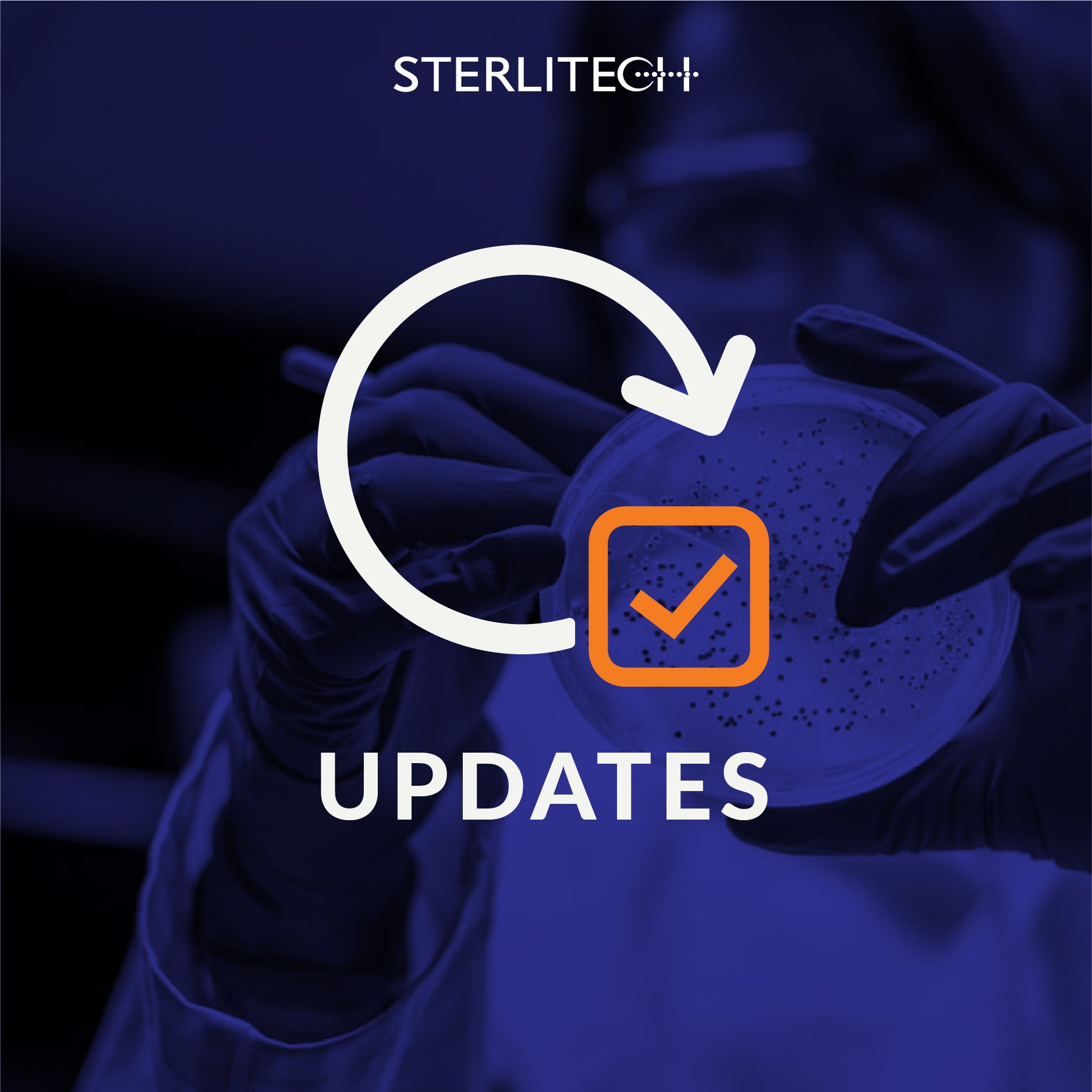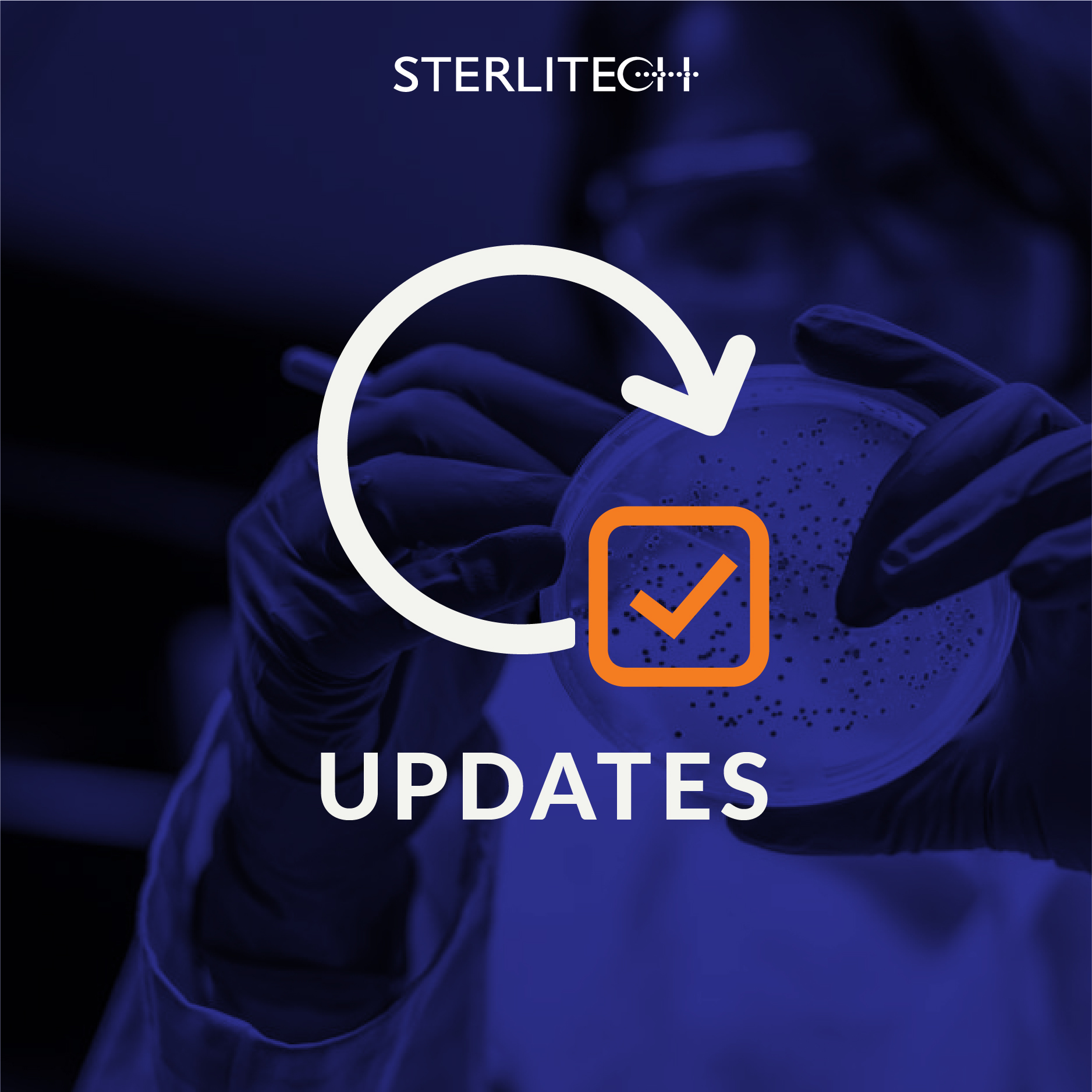We ran across an interesting patent that involves silver membranes – As part of a system designed to detect and identify chemical and biological contaminants in the air! In the proposed sampling method and system, the silver membrane is used to capture liquid, solid, and gas constituents that would then be analyzed by means of spectroscopy for contaminants.
For more versatility, the surface of the membrane can be modified physically or chemically in order to increase the surface area and/or provide specific affinity towards analytes of interest. For instance, a pure length of silver membrane would trap solid particulate materials while a silver membrane treated with a metal oxide such as magnesium oxide would adsorb volatile organic compounds from a gas or liquid state. The suitable thickness for the silver membranes is between 10 - 50 microns, with 30 microns being the preferred thickness. The standard thickness for Sterlitech
Monthly Archives: September 2010
- Wednesday, September 22, 2010
- Friday, September 17, 2010
Had your fill of liquids? You're probably not alone. According to a new survey by Laboratory Equipment magazine, over 90% of lab researchers use liquid handling equipment, and about 60% are using their equipment either continuously or several times daily. As for filtration equipment, 52% of respondents are using it - now we just need to get the other 48% on board!!! You can check out the full results over at the Laboratory Equipment site: Liquid Handling Dominates Lab Activities
- Thursday, September 16, 2010
One of the important characteristics in membrane selection is whether you want a membrane that is Hydrophobic or Hydrophilic. Here we'll define these terms, as well as provide some examples of membrane materials and applications for both types. Hydrophilic literally means “water loving.” Hydrophilic membranes will attract water, and in the process push away other molecules in order to allow water access to the membrane. This keeps contaminants away from the membrane allowing it stay clean and functioning for a longer period of time. Because of this trait hydrophilic membranes are especially well suited for medical applications and biological assays. Hydrophobic on the other hand, literally means “afraid of water.” These membranes will block the passage of water and are commonly used for applications involving separation of water from other materials, such as venting gases. Here is a helpful table that compares membrane materials and common uses for hydrophilic
- Tuesday, September 14, 2010
From time to time we hear from customers that they have "scratched" their silver membranes. This occasionally leads them to ask: Is there some sort of coating on the membrane that is being rubbed off?
Answer: Our silver membranes are made of 99.97% pure silver and do not have any coating on them. What may appear to be scratching is actually a polishing of the silver surface, which makes the silver reflective. This can be done when the membrane is rubbed with a metal object, such as tweezers. We also posted a brief video demonstrating the effect. You can watch it here.






![Join Sterlitech at BIO 2024 [Booth #5558]: Exploring the Future of Biotechnology](https://www.sterlitech.com/media/magefan_blog/b4.jpeg)

